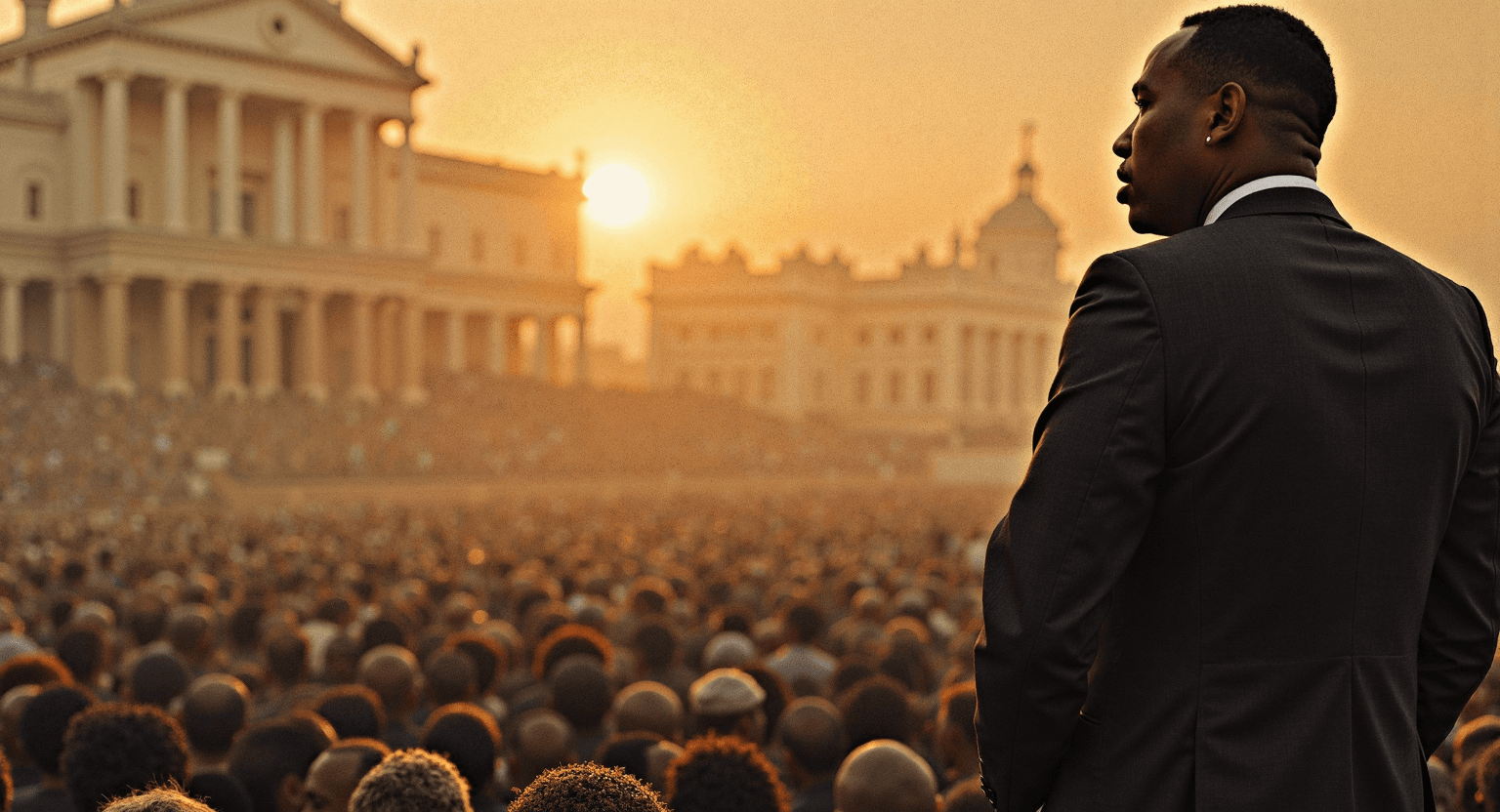The Unfinished Dream: A Continuing Struggle for Equality in the Shadow of King’s Vision
“I have a dream that one day this nation will rise up and live out the true meaning of its creed: ‘We hold these truths to be self-evident, that all men are created equal.'” These words, spoken by Dr. Martin Luther King Jr. on the steps of the Lincoln Memorial during the March on Washington for Jobs and Freedom in 1963, resonate with a power that transcends generations. They encapsulate the core aspiration of the American experiment: a society where equality is not just an enshrined principle, but a lived reality for all. Yet, over half a century later, King’s dream remains tragically unfinished. While significant strides have been made toward racial equality, the shadow of systemic inequality continues to darken the American landscape. This article will delve into the historical context of King’s iconic speech, analyze its enduring relevance in contemporary society, and explore the ongoing challenges in realizing the full potential of his vision.
King’s dream was born from the crucible of segregation and racial oppression. The Jim Crow South, with its legalized discrimination, disenfranchisement, and pervasive violence against Black Americans, provided the stark backdrop against which his message of hope and resistance emerged. The “We hold these truths…” segment of his speech directly invokes the Declaration of Independence, a foundational document of American democracy, highlighting the inherent hypocrisy of a nation founded on the principle of equality while simultaneously denying that very equality to a significant portion of its population. By juxtaposing the ideal with the grim reality, King exposed the moral bankruptcy of segregation and challenged the nation to live up to its own professed values.
The “I Have a Dream” speech was not just a call for racial equality; it was a demand for economic justice. King recognized the inextricable link between racial discrimination and economic disparity. He envisioned a society where Black Americans would have equal access to opportunities, including education, employment, housing, and healthcare. The March on Washington itself was not solely focused on civil rights; it was also a march for jobs and freedom, highlighting the urgent need for economic empowerment within the Black community. This focus on economic justice remains critically relevant today, as racial disparities in wealth, income, and access to resources continue to persist.
The Civil Rights Act of 1964 and the Voting Rights Act of 1965, landmark legislative achievements spurred by the Civil Rights Movement, marked significant victories in the fight against racial discrimination. These laws dismantled legal segregation, outlawed discrimination in employment and public accommodations, and protected the right to vote for Black Americans. However, while these legal victories were crucial, they did not eradicate the deeper systemic issues that perpetuate racial inequality.
In the decades following the Civil Rights Movement, new forms of racial inequality have emerged. Mass incarceration, with its disproportionate impact on Black communities, has created a new system of racial control. The “War on Drugs,” launched in the 1980s, led to harsher sentencing for drug-related offenses, contributing to a dramatic increase in the incarceration rate of Black Americans. This has devastating consequences for families and communities, perpetuating cycles of poverty and marginalization.
Furthermore, racial disparities in education, healthcare, and housing persist. Black students are often relegated to underfunded schools with fewer resources, limiting their educational opportunities and perpetuating the cycle of inequality. Disparities in access to healthcare contribute to significant health disparities, with Black Americans experiencing higher rates of chronic diseases and lower life expectancies. Residential segregation, driven by discriminatory housing practices, concentrates poverty and limits access to resources and opportunities for many Black communities.
The emergence of the Black Lives Matter movement in recent years underscores the continued struggle for racial justice in the 21st century. The movement has brought renewed attention to police brutality and the systemic racism that permeates the criminal justice system. The deaths of George Floyd, Breonna Taylor, Ahmaud Arbery, and countless others have galvanized a new generation of activists and sparked a national conversation about racial inequality.
The Black Lives Matter movement has also broadened the conversation beyond police brutality to encompass a wider range of issues related to racial justice, including economic inequality, mass incarceration, and environmental racism. The movement has challenged traditional notions of civil rights activism and embraced intersectionality, recognizing the interconnectedness of various forms of oppression based on race, gender, sexual orientation, and class.
The struggle for racial equality is not just a Black issue; it is an American issue. Achieving true equality requires a collective effort, involving individuals, communities, and institutions. It requires confronting uncomfortable truths about our history and acknowledging the ways in which systemic racism continues to shape our present. It requires a commitment to dismantling discriminatory policies and practices and creating a society where everyone has the opportunity to thrive.
Education plays a crucial role in dismantling prejudice and promoting understanding. Teaching accurate and comprehensive history, including the history of racial oppression and resistance, is essential for fostering empathy and challenging harmful stereotypes. Promoting diversity and inclusion in educational settings creates opportunities for students from different backgrounds to learn from one another and build bridges of understanding.
Economic empowerment is also critical to achieving racial equality. Investing in Black communities, creating job opportunities, and supporting Black-owned businesses can help close the racial wealth gap and create economic opportunities for all. Addressing discriminatory lending practices and promoting access to affordable housing can help break the cycle of poverty and create more equitable communities.
Furthermore, reforming the criminal justice system is essential. Addressing racial bias in policing, reducing mass incarceration, and investing in community-based programs can create a more just and equitable criminal justice system. Promoting restorative justice practices, which focus on repairing harm rather than punishment, can help heal communities and reduce recidivism.
King’s dream was not simply about achieving equality under the law; it was about creating a society where all people are treated with dignity and respect. It was about building a “beloved community” where love and compassion triumph over hate and prejudice. While the journey towards realizing this dream has been long and arduous, it is a journey that we must continue to pursue with unwavering determination. The unfinished nature of King’s dream serves as a constant reminder of the work that still needs to be done. It compels us to confront the injustices that persist in our society and to strive towards a future where the promise of equality is finally fulfilled for all. Only then can we truly say that we have lived up to the ideals upon which this nation was founded and honored the legacy of Dr. Martin Luther King Jr.





